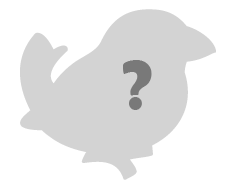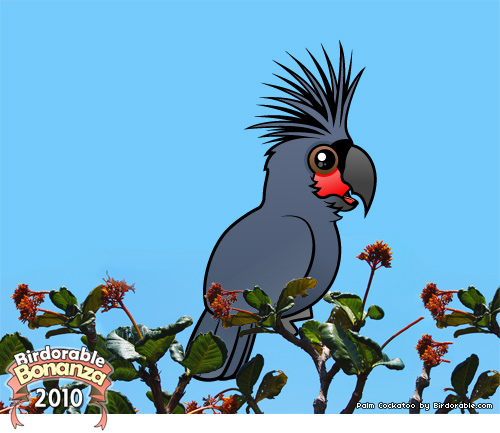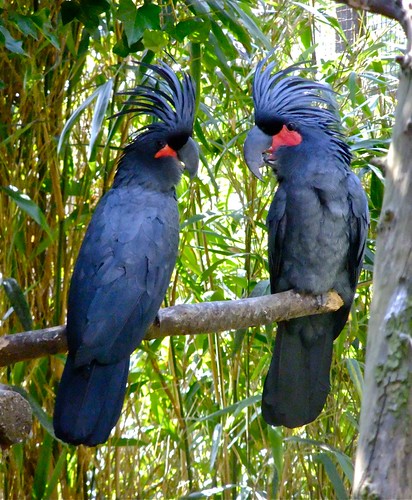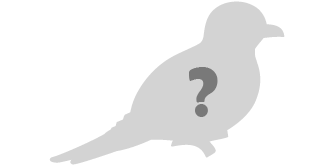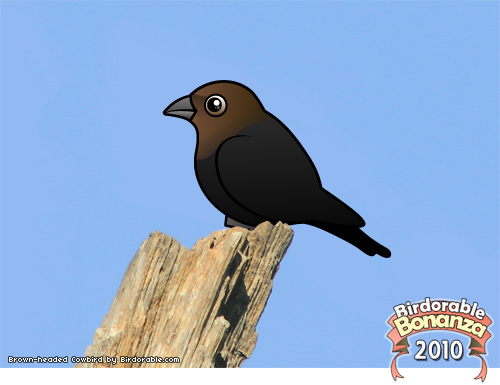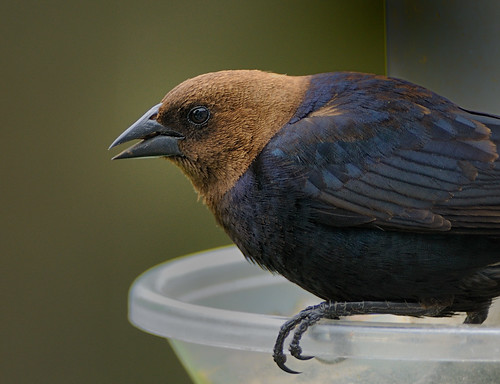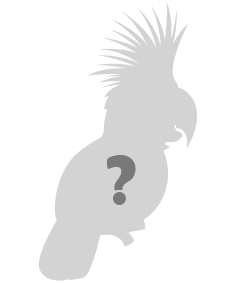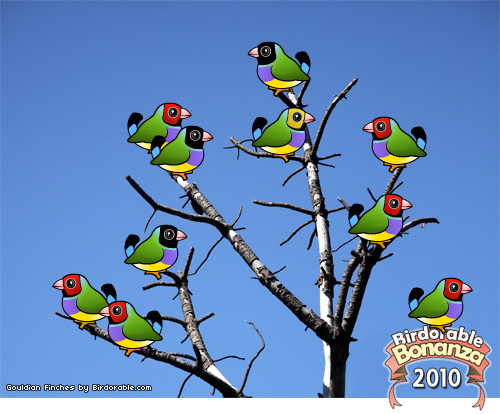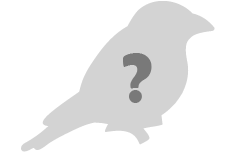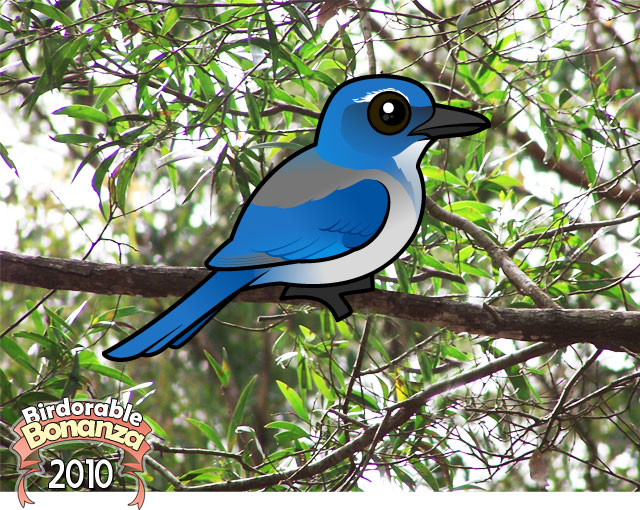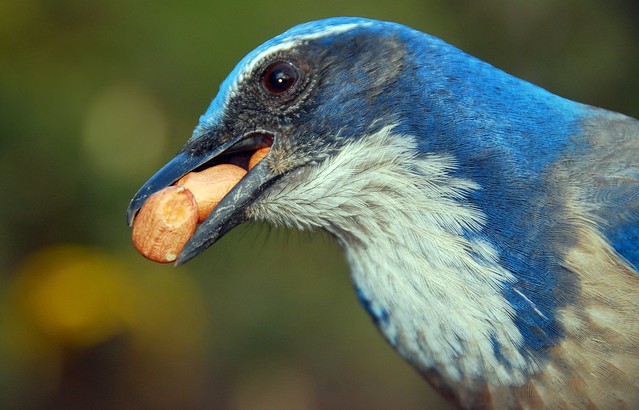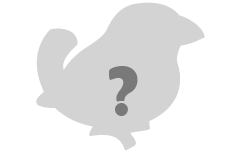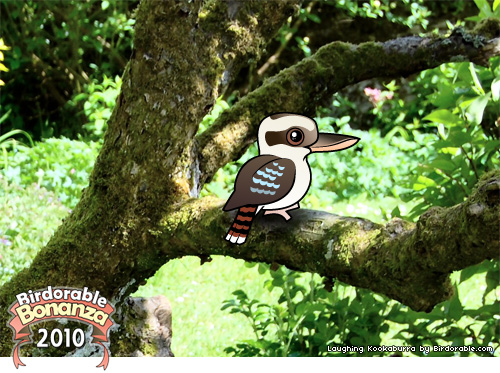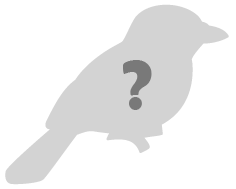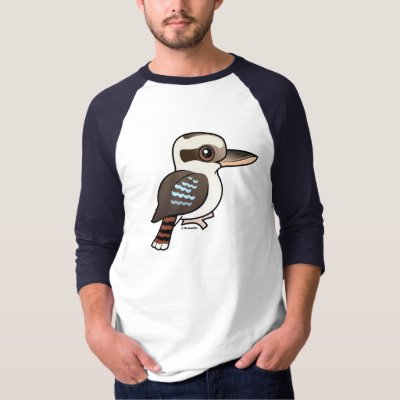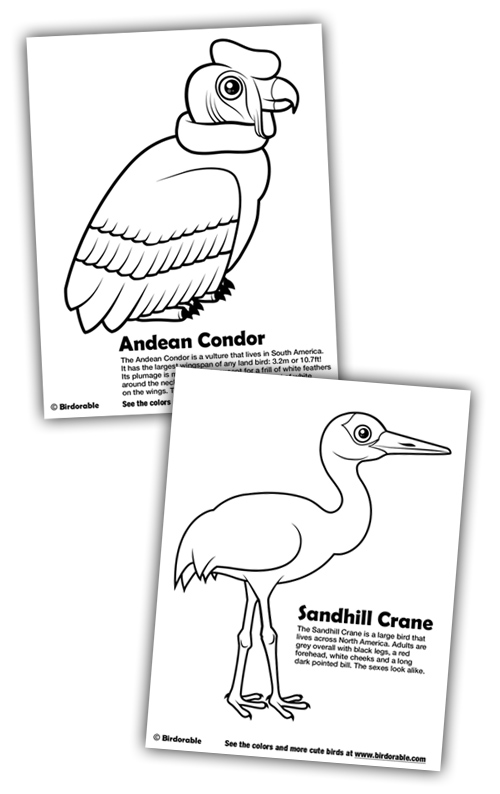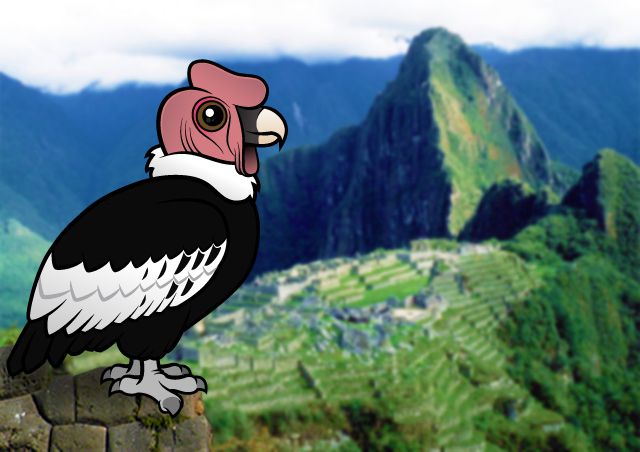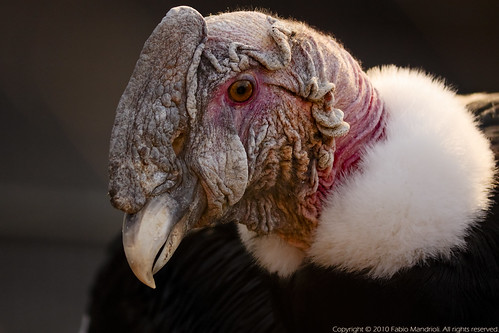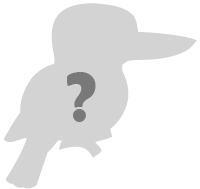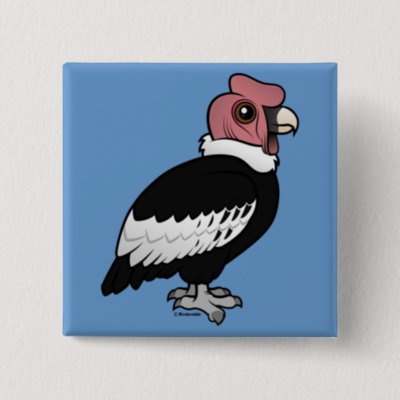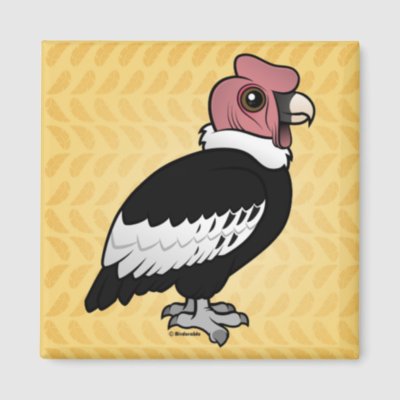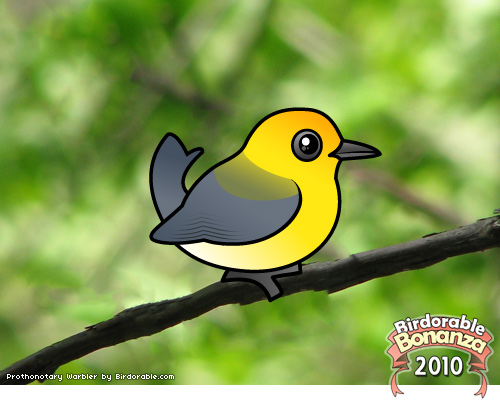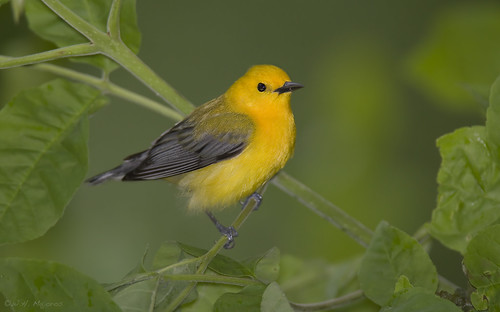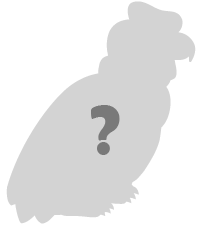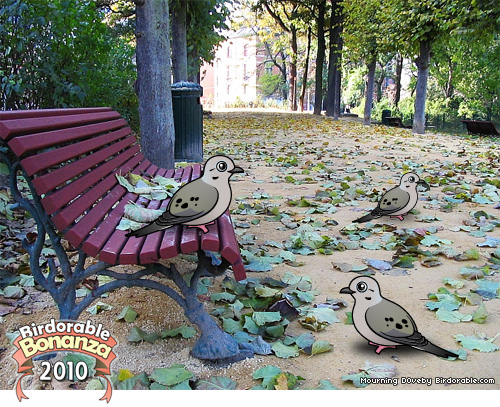
For 18 days we're adding a new Birdorable bird every day as part of our Birdorable Bonanza 2010. Today's bird is the Mourning Dove! Mourning Doves are widespread across North America, one of the most abundant birds on the continent. They are ground feeders, feasting on seeds and storing extra food in their crop for later digestion. Mourning Doves are common backyard feeder birds who will often spend hours pecking at seeds while remaining relatively still. Believe it or not, Mourning Doves consume up to 20% of their body weight every day. So that's how they maintain their pleasantly plump profile!

Mourning Dove by Joanne-V
Tomorrow's bird is a small green bird that's widespread throughout Europe, north Africa and south-west Asia. Can you guess what it is?
